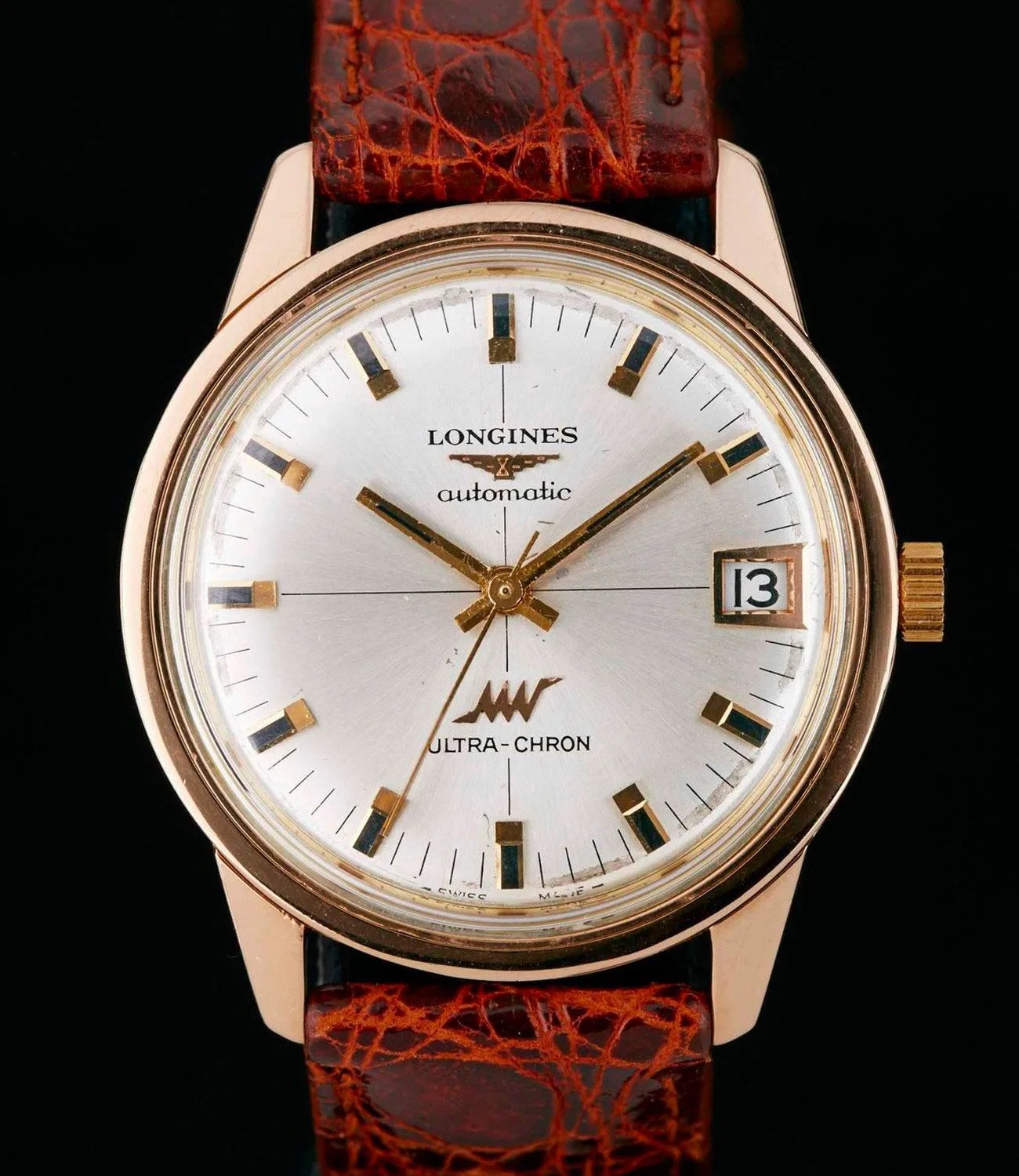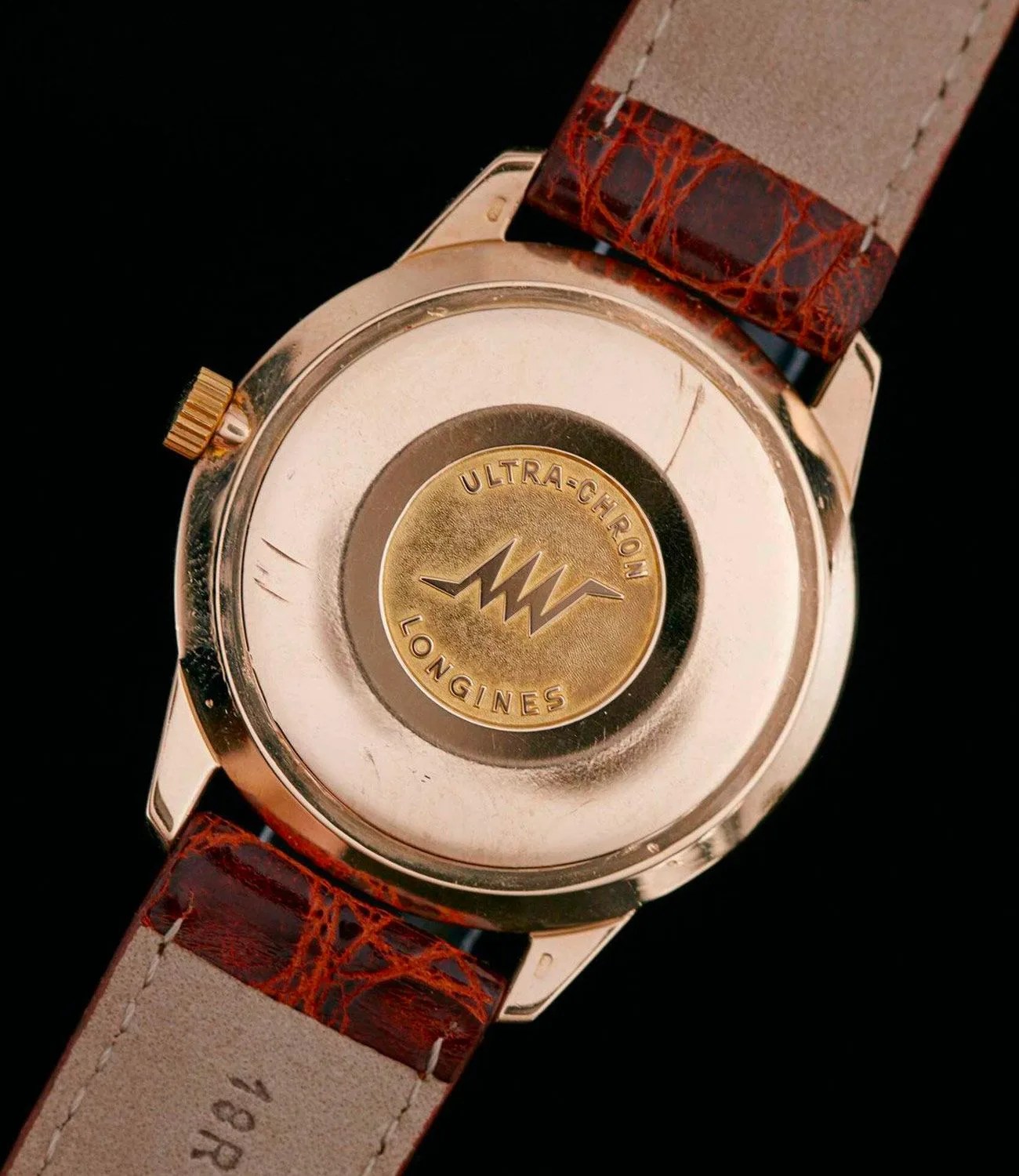Welcome to Watches You Should Know, a biweekly column highlighting little-known watches with interesting backstories and unexpected influence. This week: the Longines Ultra-Chron.
Try counting to five within one second. Not too hard right? Now, try counting to ten within a second. That’s…not as easy. But that is, essentially, what a high-frequency watch’s second hand is doing every second. As you’d probably imagine, making a watch that ticks ten times a second (or running at 36,000 beats per hour) is a lot harder than making one that operates at half that speed, and as such very few manufacturers do it.
More Watches You Should Know
• Cartier Santos
• Zodiac Sea Wolf
• Benrus Sky Chief
Seiko’s Hi-Beat watches probably come to mind if you love quick-ticking timepieces, and Zenith’s El Primero is a high-frequency legend, too. Girard-Perregaux’s Gyromatic of the ’60s is fairly well-known amongst watch enthusiasts, and aside from a couple of other high-beat watches here and there, there aren’t many wristwatches that move ten times within one Mississippi. One of the early innovators and mass-produced high-beat watches, though, is the Longines Ultra-Chron, and it remains an exceptional vintage value today.
 Analog / Shift
Analog / ShiftDebuting in 1967, the Ultra-Chron was built to celebrate Longines’ centenary. With Girard-Perregaux’s Gyromatic debuting a year before and Seiko’s Lord Marvel around the same time, the Ultra-Chron was one of the earliest watches to operate at 36,000 bph at a time when the standard was just half that. According to Analog/Shift, the problem with these early high-beat movements was an increase in friction, resulting in higher consumption of lubricants, thus necessitating more frequent services. Longines solution was to use a so-called “dry-lubricant” called molybdenum bi-sulfide.
When it debuted, Longines claimed in its advertisements that the Ultra-Chron was “the world’s most accurate watch,” and was guaranteed accurate to within a minute per month (or about two seconds per day). That is a hard claim to verify today, but there’s little doubt that high-beat watches tend to be particularly accurate. High-beat watches from Seiko and Girard-Perregaux won top prizes at the observatory trials in Neuchatel in the late ’60s, and watches operating at higher frequencies are noted to be more resistant to variations in accuracy caused by mechanical shocks.


